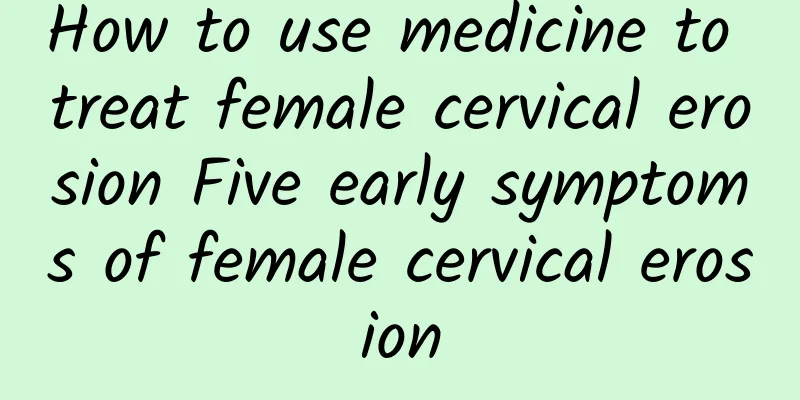Acupressure to relieve dysmenorrhea

|
Patients with dysmenorrhea should pay attention to timely treatment and should not ignore it as if it is something that every woman may encounter. There are many ways to relieve dysmenorrhea, such as taking painkillers, adjusting diet, and massage therapy. In addition, patients with dysmenorrhea can also choose acupoint massage under the guidance of a doctor, such as pressing the uterus point, pressing Zusanli, pressing Taichong point, etc., which can also relieve pain. Massage the uterus points Massage method: The uterus point is located in the lower abdomen, 4 inches below the navel and 3 inches away from the middle. Stimulating the uterus point is a conditioning method that directly targets the female genitals. Efficacy: Pressing and kneading the uterus point has the effects of promoting blood circulation, removing blood stasis, regulating qi and relieving pain. Press Zusanli Massage method: Zusanli is located on the front and outer side of the lower leg, 3 inches below the outer kneecap, and one horizontal finger outside the anterior crest of the tibia. Use the tip of your thumb to press and rub the Zusanli point with a little force until you feel soreness and swelling. Patients with uterine cold and dysmenorrhea can use suspended moxibustion with moxa sticks. Efficacy: Pressing Zusanli has the effect of replenishing qi and blood, warming the uterus, regulating menstruation and relieving pain. Massage Taichong acupoint Massage method: Taichong point is located at the midpoint of the first metatarsal space on the dorsum of the foot. Use the left thumb to rub the right Taichong point until you feel a sore and swollen sensation. After 1 minute, use the right thumb to rub the left Taichong point for 1 minute. Efficacy: Rubbing the Taichong point has the effect of soothing the liver, promoting qi circulation and relieving pain. |
<<: Anti-inflammatory and surgical treatment of acute adnexitis
>>: Vulvar leukoplakia can be divided into hyperplastic type and lichen sclerosus type
Recommend
Does congenital absence of vagina affect pregnancy?
I wonder if you have ever heard of a group of peo...
What are the causes of dysmenorrhea?
What are the causes of dysmenorrhea? Dysmenorrhea...
Precautions for women with pelvic effusion
The appearance of pelvic effusion is a serious co...
How to relieve the cramping pain caused by dysmenorrhea?
How to relieve the cramping pain caused by dysmen...
How long after an abortion can I get an IUD inserted? Are there any requirements for inserting an IUD?
For women, after a painless abortion, choosing an...
What is the reason for women's amenorrhea and abdominal pain
Amenorrhea accompanied by abdominal pain may be c...
The dangers of multiple miscarriages in women
Women who have experienced multiple miscarriages ...
Do joint ligaments often get injured? The Master of Strong Muscles: 3 Magical Exercises to Fight Aging
Many people accidentally get injured during sport...
What are the symptoms of uterine fibroids? Can uterine fibroids cause infertility?
Uterine fibroids are a common gynecological disea...
Should you eat less starch to lose weight? Is it easy to gain weight again if you don’t eat starch? Nutritionist Cheng Mingwei: Master 4 major techniques to lose weight with just the right amount of starch
There are many common myths about weight loss, su...
How much does it cost to treat uterine fibroids? Is it painful to treat uterine fibroids?
Uterine fibroids are a common gynecological disea...
Can ectopic pregnancy be detected with test strips?
Can ectopic pregnancy be detected using test stri...
What are the symptoms of vaginitis?
What are the symptoms of vaginitis? Vaginitis is ...
What are the complications of artificial abortion?
No matter which treatment method is used, there w...
What are the dietary taboos for women with irregular menstruation? What causes irregular menstruation in women?
Menstrual disorders, also known as irregular mens...









